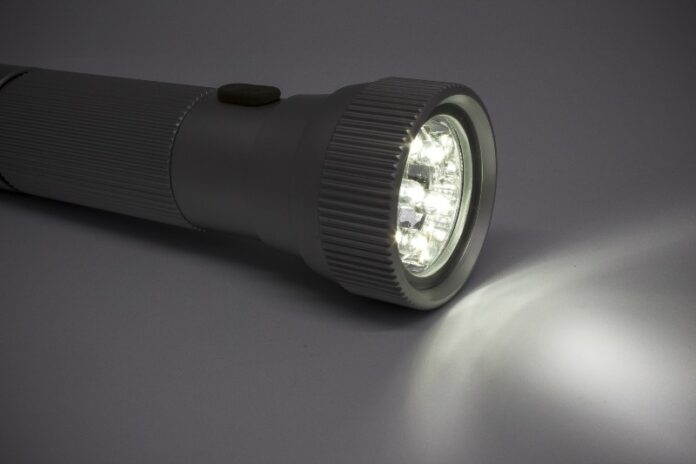
The current winter weather has the potential to cause scattered power outages. Are you prepared?
The American Red Cross says “if a power outage is 2 hours or less, you need not be concerned about losing your perishable foods. For prolonged power outages, though, there are steps you can take to minimize food loss and to keep all members of your household as comfortable as possible.”
Energy Conservation Recommendations
- Turn off lights and computers when not in use.
- Wash clothes in cold water if possible; wash only full loads and clean the dryer’s lint
trap after each use. - When using a dishwasher, wash full loads and use the light cycle. If possible,
use the rinse only cycle and turn off the high temperature rinse option. When
the regular wash cycle is done, just open the dishwasher door to allow the dishes
to air dry. - Replace incandescent light bulbs with energy-efficient compact fluorescent lights.
Preparing for a Power Outage
- To help preserve your food, keep the following supplies in your home:
- One or more coolers—Inexpensive Styrofoam coolers work well.
- Ice—Surrounding your food with ice in a cooler or in the refrigerator will keep food
colder for a longer period of time during a prolonged power outage. - A digital quick-response thermometer— With these thermometers you can quickly
check the internal temperatures of food to ensure they are cold enough to use safely.
Put together an emergency preparedness kit with these supplies in case of a prolonged or widespread power outage:
• Water—one gallon per person, per day
• Food—non-perishable, easy-to prepare items
• Flashlight (NOTE: Do not use candles during a power outage due to the extreme risk of fire.)
• Battery-powered or hand-crank radio (NOAA Weather Radio, if possible)
• Extra batteries
• First aid kit
• Medications (7-day supply) and medical items
• Multi-purpose tool
• Sanitation and personal hygiene items
• Copies of personal documents (medication list and pertinent medical information,
deed/lease to home, birth certificates, insurance policies)
• Cell phone with chargers
• Family and emergency contact information
• Extra cash
❏If someone in your home is dependent on electric-powered, life-sustaining
equipment, remember to include backup power in your evacuation plan.
❏ Keep a non-cordless telephone in your home. It is likely to work even when the
power is out.
❏ Keep your car’s gas tank full.
What to Do During a Power Outage
Keep food as safe as possible.
- Keep refrigerator and freezer doors closed as much as possible. First use perishable
food from the refrigerator. An unopened refrigerator will keep foods cold for
about 4 hours. - Then use food from the freezer. A full freezer will keep the temperature for about
48 hours (24 hours if it is half full) if the door remains closed. - Use your non-perishable foods and staples after using food from the refrigerator and freezer.
- If it looks like the power outage will continue beyond a day, prepare a cooler
with ice for your freezer items. - Keep food in a dry, cool spot and keep it covered at all times.
Electrical equipment
- Turn off and unplug all unnecessary electrical equipment, including sensitive
electronics. - Turn off or disconnect any appliances (like stoves), equipment or electronics you
were using when the power went out. When power comes back on, surges or spikes can damage equipment. - Leave one light turned on so you’ll know when the power comes back on.
- Eliminate unnecessary travel, especially by car. Traffic lights will be out and roads will be congested.
















